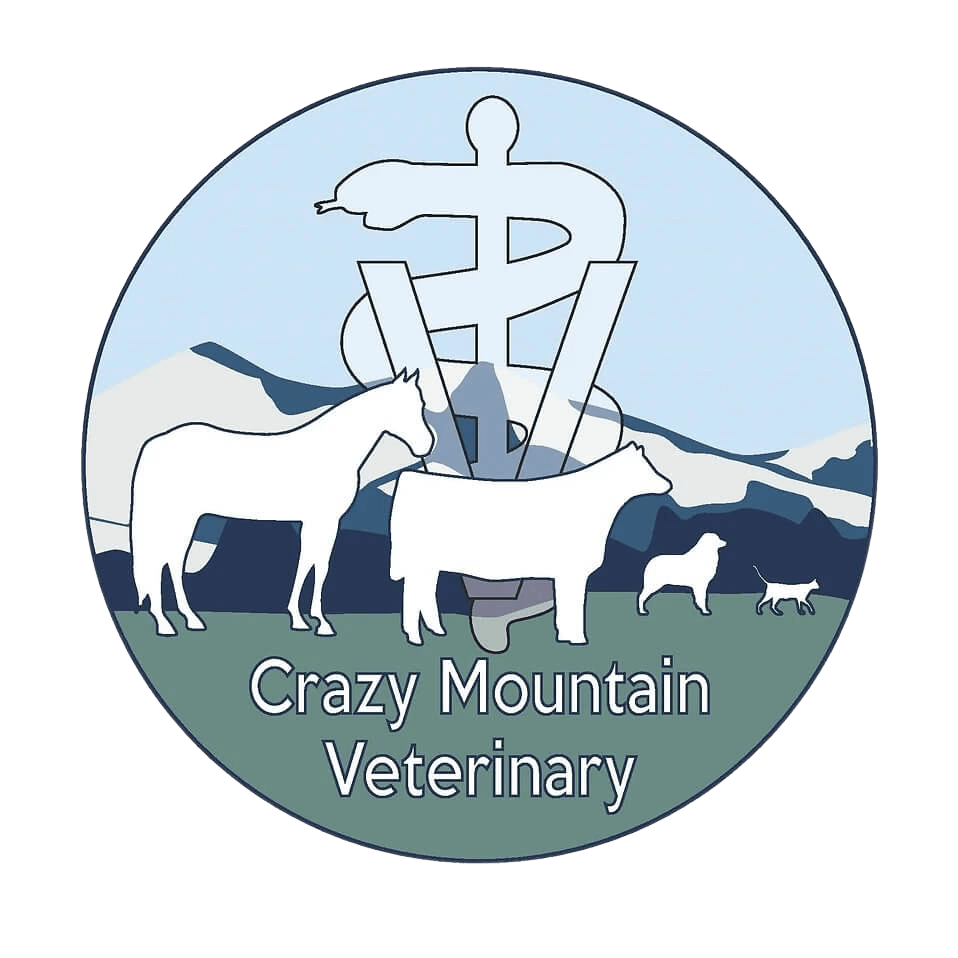We recently went to some Continuing Education on Nutrition for Beef Cattle and here are some highlights. We gained familiarity with the COWculator software, reviewing hay results and talked a lot about cows.
We believe that nutrition is the foundation of health, from reproductive performance to colostrum production to immunity.
Needed daily by the cow:
- Water
- Energy
- Protein
- Mineral
- Shelter
- Identify supplementation need: Feed costs on average are 40% of total operating costs in a cow-calf operation.
- Determine the nutrient requirement for the appropriate stage of production.
- Estimate the amount of nutrients cows will be receiving from forage.
- Subtract the 1 and 2 and determine if there is an excess or deficiency?
- Evaluate supplement options.
- When feeding hay, we recommend having the hay analyzed for nutrient concentration. These tests can range from $20-$100 and can save thousands in feed costs. This will help guide supplementation choices.
- Harvest times can greatly impact nutrient value
- Sometimes the nutrient value is so low that the cow physically cannot consume enough hay to meet her requirements.
- Weigh your hay bales
- This is important for calculating pounds to feed per day.
Body Condition Score your cattle:
- Key time for BCS scoring: Brown- off, Weaning, and Calving.
- Have someone else come and BCS your cows. You see your cows daily.
- Body Condition Score cattle by age group.
- Body condition score them at the same time of day.
- Body condition score chart can be found at Virginia Extension Cooperative.
- The ideal BCS for an adult cow is 5 and for a first calf heifer is 6.
- What are some body condition score stressors:
- Physiological Stress
- Fetal growth
- Parturition
- Lactation
- Uterine healing
- Breed back
- See graph and correlation to BCS from UM Extension.
- Environmental Stressors
- Weather
- Hay and or grass quality?
- Energy and protein supplements?
If cows and heifers are below Body Condition:
- In the Fall when calves are weaned/ end of first/second trimester / preg check time is the most cost-effective time to add weight to cows and prepare them for calving.
- The fetus does 80% of its growth in the last trimester (3 months prior to calving) this is the hardest and most expensive time to try and up that BCS.
Weigh your cattle:
The average cow weight today is 1380 pounds.
Management considerations:
- Separate the first calf heifers from the mature cows before the last trimester.
- First calf heifers cannot compete with mature cows.
- Mature cows will push them off the good hay.
- Mature cows will overeat and do eat faster.
- First calf heifers have more challenges
- Still growing themselves
- Growing a fetus at the same time
- Limited stomach space as the fetus grows
- They will loss BCS because they are being pushed off the better-quality feed.
- Example, if you are feeding 250 hd, 140 head of first calf heifers and 110 hd of mature cows, 6 bales. Based off cow weight, bale weight and hay results and feeding 2% of their body weight per day, they receive the following.
- 2 high quality alfalfa
- 2 CRP bales
- 2 Barley bales
- All in one group
- The first calf heifers are going to be eating the CRP and barley hay while the older cows dominate the Alfalfa.
- Two separate groups
- Recommended
- You will still feed the same amount of hay but in two separate groups to allow the heifers to meet their requirements.
CowPieography:
- This is one of my favorites!
- What do the cow pies looks like?
- Are they stacked high indicating slow digestion and poorer quality forage?
- Are they too loose indicating too much protein?
Salt and Mineral:
- Proper mineral and vitamin nutrition contributes to a strong immune system, calf health, and reproductive performance.
- Mineral needs vary on soil type, antagonism, and are area specific
- Almost all forages require salt supplementation
- Spring pasture may require higher magnesium
- Summer pasture may require higher phosphorus
- Biggest challenge in our area is copper deficiency
If you have any questions or want to review your feeding and mineral program, please give us a call. Happy New Year!
